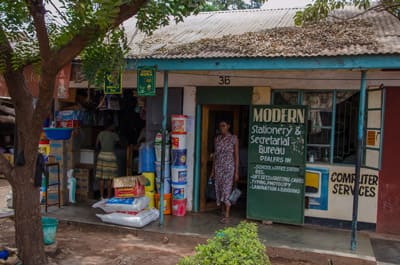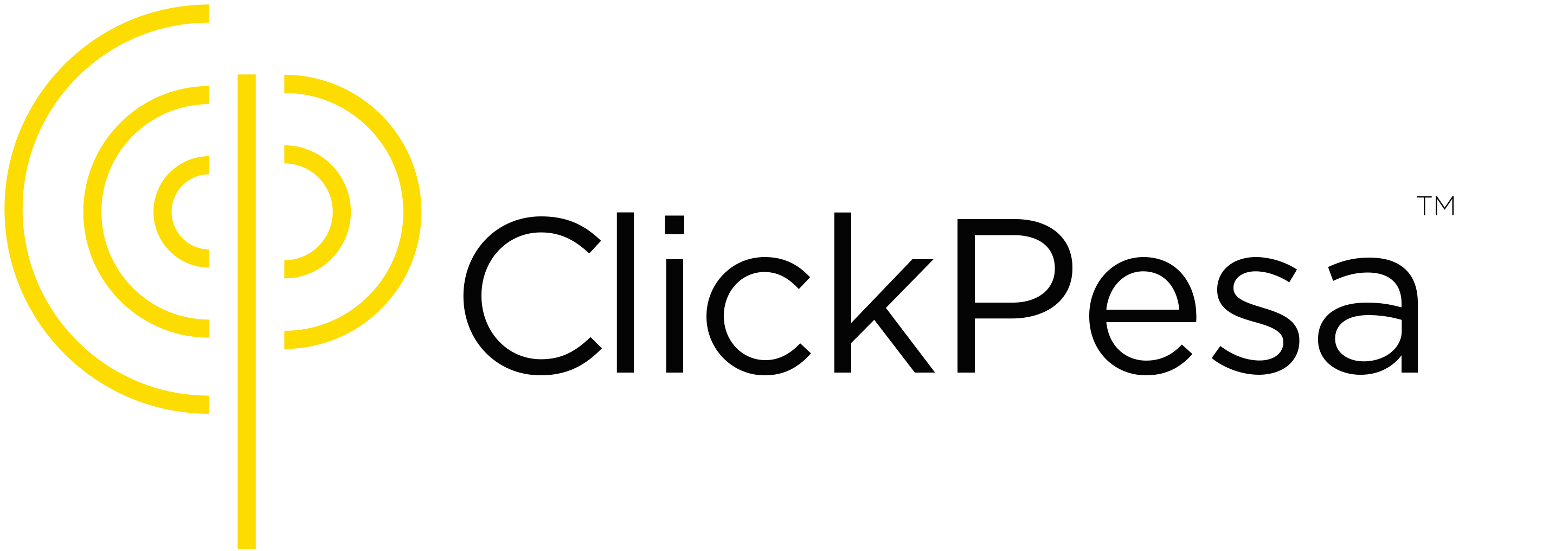This article describes how the Tanzania Payment Industry has evolved. Tanzania is one of the fastest growing mobile money markets in the world. Currently transacting US$27.1 billion yearly, half of Tanzanian’s GDP. A 2016 study on the state of the mobile money market in Tanzania conducted by GSMA and research data of Bank of Tanzania (BOT) shows that there are over 49.1 million registered mobile money accounts, 19 million accounts are actively used. When compared to the 50 million population of the country as of 2016, you can see how influential mobile money is in this economy.
Further research by BOT shows that there are between 1-1.5 million bank accounts in Tanzania with only 500.000 active bank accounts. The banking sector in East Africa is different compared to other markets. Looking at these statistics, it is clear to see that the number of active bank account holders in Tanzania is much smaller in comparison to the number of mobile money accounts. The huge disparity between bank account and mobile money accounts can be attributed to a less developed banking system in East Africa. The banking system was not easily accessible to the general public and lacked reliable banking services thus alienating a large part of the population leaving them with no access to the financial systems.
19.000.000 active mobile money accounts in Tanzania
49.1 million registered mobile money accounts in Tanzania
500.000 active bank accounts in Tanzania
1.5 million registered bank accounts in Tanzania
This void gave telecom operators such as Tigo, Vodacom and Airtel the opportunity to provide financial services through mobile money systems, kick starting the Tanzania Payment Industry. This all started with M-Pesa in Kenya in 2007 and spread quickly to the rest of East-Africa. These mobile money systems give phone subscribers the ability to open a wallet attached to their phone number which acts as a mobile money account. With this mobile money account users are able to transact money with each other (peer to peer / P2P payments), purchases services, pay tax and purchase electricity tokens. The number of mobile money accounts surpassed bank accounts in Tanzania in 2013.
Banks followed suit and introduced a similar service. In addition to using debit and credit cards, banks introduced Sim Banking. Sim Banking gives banking customers the option to attach a bank account to a mobile phone number which has similar functionalities as a mobile money account. The number of Sim Banking accounts remains still small compare to mobile money accounts as a consumer needs to have bank account to use Sim Banking.
Tanzania Payment Industry
In Tanzania’s Payment Industry there are two categories of electronic payments:
1 ) Bank payments; Visa / Mastercard / Local Card Scheme / Sim Banking
The number of customer bank transactions exist mainly out of ATM transactions, a small part accounts for merchants payments in stores.
2 ) Mobile money payments; Tigo Pesa, M-Pesa and Airtel Money
Majority of the mobile money transactions are P2P, which cumulatively account for 70% of the mobile money transactions. People are using their mobile money account for savings, but the amounts stored are low, the majority of funds are still withdrawn from the ecosystem once they are received. The rest of the transactions circulate in the mobile money ecosystem and are used for a subset of payment purposes; small airtime top-ups (buying phone credit), infrequent bill payments and merchant payments.

Merchant Payments
Merchants payments are made from a mobile money account / bank account via a mobile money platform / banking platform to a retail or online merchant in exchange for goods or services. As shown in the table above the part that actual accounts for merchant payments is small for both bank and mobile money payments. There has been seen a slightly increase over the last six years. Based on several research studies and surveys (ClickPesa is currently doing an educational program for informal merchants: ClickPesa’s Electronic Payment Facilitation Program), there is need for offering merchant payments acceptance but only when providing real value to their business. More importantly, merchants payments should serve needs such as speed of settlement, little disruption of cash flow, security and safety. In addition merchants, especially smaller merchants, are looking for electronic payment solutions that can adopt or even enhance their business processes through business records collection.
The last couple of years MNOs and banks have taken the initiative to unlock this value and increase the number of merchants payments. MNOs and banks launched smartphone applications that can be attached to a mobile money or Sim Banking account. Several marketing campaigns have been launched by MNOs over the last couple of years to stimulate merchant mobile money payments acceptance. Banks increased the number of payment terminals, also MNOs started with driving their own payment terminals: Airtel Tap Tap. Recently banks started working with initiatives such as mVisa and MasterPass, both launched in Kenya and expected to launch in Tanzania Q4 2017.
Despite above mentioned initiatives and the need for merchants payments, the part that accounts for merchant payments remains small. ClickPesa has identified three reasons that contribute to this:
- No interoperability between MNOs for the merchant accounts
All MNOs offer a merchant account connected to a unique (6 digit) teller number. While there is interoperability between MNOs for P2P payments, there is no interoperability for merchant payments. Each MNO has its own system around this teller number. A customer can only make a payment to this teller number if it has a wallet registered under the same MNO as the merchant. To offer payment acceptance for all MNO to customers, merchants end up with three different merchant accounts. This is confusing and causes in many cases reconciliation issues for merchants. - Time consuming USSD payment method for mobile money / Sim BankingUSSD (calling into your phone) requires a 9 step process, meaning it will take at least one minute to make a mobile money or Sim Banking payment. This process is successful for P2P payments but doesn’t fit into a store setting as it is time consuming. The recent launch of Vodacom’s M-Pesa app is slowly changing this. There are still steps to make as the two other MNOs only allow customers to make merchant payments through USSD.
- Mismatch in payment acceptance
Most payment terminals in the market are bank terminals. Bank terminal only accepts bank cards such as Visa / Mastercard / UnionPay / Umoja (local card scheme). Paying with a mobile money account on these devices is not an option as the terminals only accept card payments. Customers with a mobile money account can’t make a payment. A large group of merchant doesn’t have a payment terminal which makes them unable to offer Visa / Mastercard to their customers having a bank card. This creates a mismatch in payment acceptances which causes frustration for both merchant and customer.

There is a large potential for merchant payments, the Tanzania payment industry can be large, merchants do have the need to accept electronic payments but struggle with offering their customers electronic payment acceptance. To fully utilize the potential of electronic payments, the payment experience should be made seamless and easy.

 ClickPesa attends GSMA Mobile 360 Series July 2017 in Dar es Salaam
ClickPesa attends GSMA Mobile 360 Series July 2017 in Dar es Salaam
Leave a Reply
You must be logged in to post a comment.